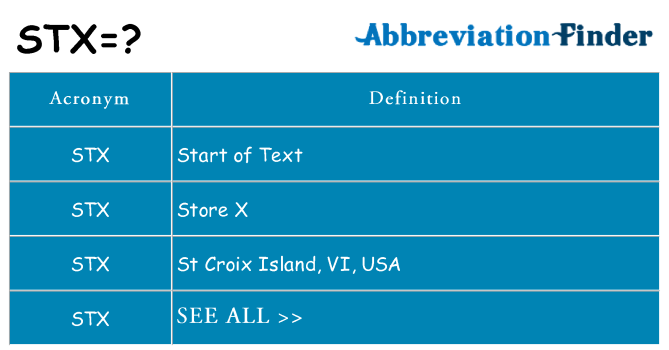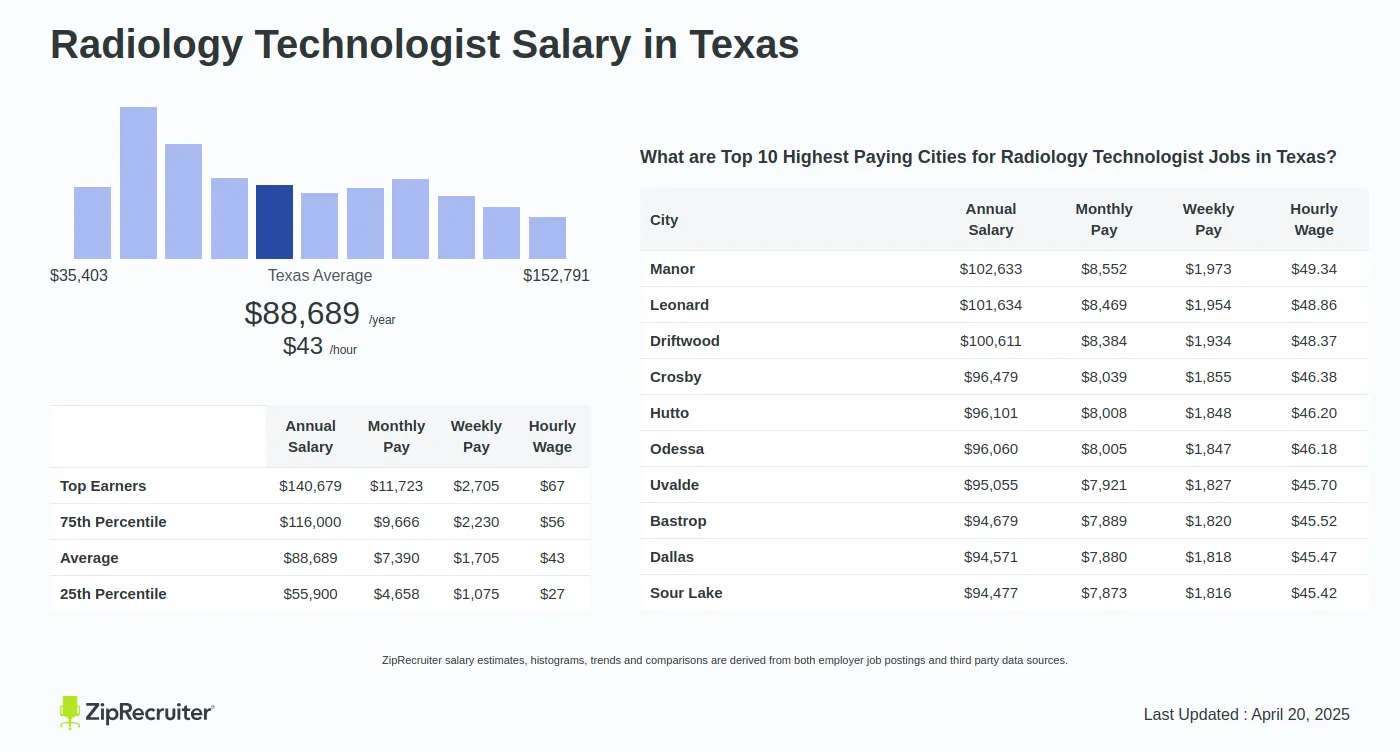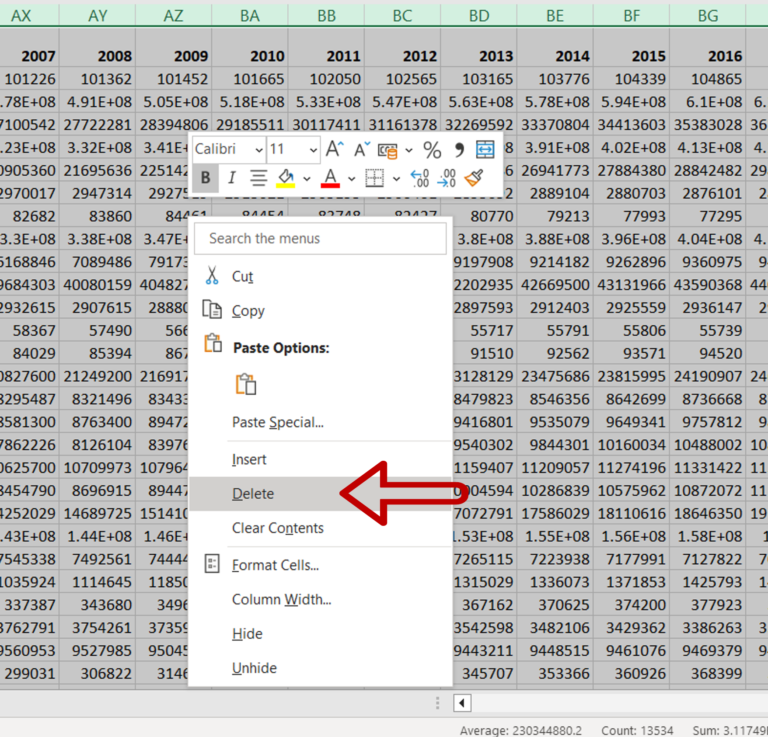3 Ways to Delete a Pivot Table
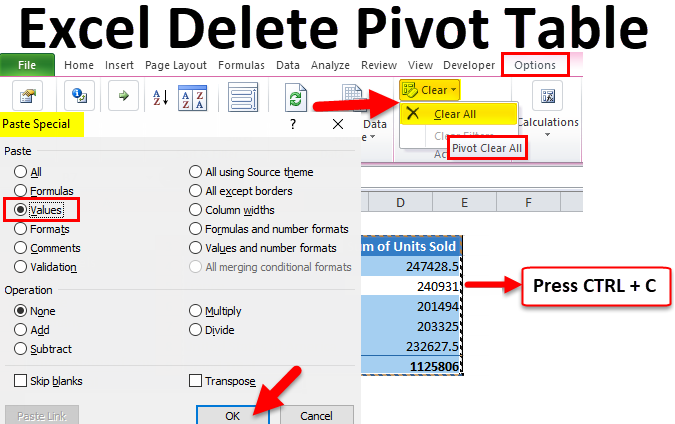
In the world of data analysis and reporting, pivot tables are a powerful tool that allows users to summarize, analyze, and present large datasets in a concise and organized manner. However, there may be instances where you need to remove or delete a pivot table, either to make way for a new one or for other reasons. This article will explore three effective methods to delete a pivot table, ensuring a smooth and efficient process while maintaining the integrity of your data.
Method 1: Using the Contextual Menu

The most straightforward approach to deleting a pivot table is through the contextual menu, which offers a quick and convenient way to remove the table without any complex steps.
Here’s a step-by-step guide to deleting a pivot table using this method:
- Select the Pivot Table: Click anywhere within the pivot table you wish to delete. This will highlight the entire table, indicating that it is selected.
- Access the Contextual Menu: Right-click on any cell within the selected pivot table. This will bring up a contextual menu with various options.
- Choose “Delete”: From the contextual menu, locate and click on the “Delete” option. Depending on your software, this may be labeled as “Delete Table” or “Remove Pivot Table.”
- Confirm Deletion: A confirmation dialog box will appear, asking if you are sure you want to delete the pivot table. Click on the “OK” or “Yes” button to proceed with the deletion.
By following these simple steps, you can swiftly remove the pivot table without affecting the underlying data. This method is particularly useful when you want a quick solution and don’t require any additional customization or backup of the table.
Method 2: Deleting via the Ribbon Interface
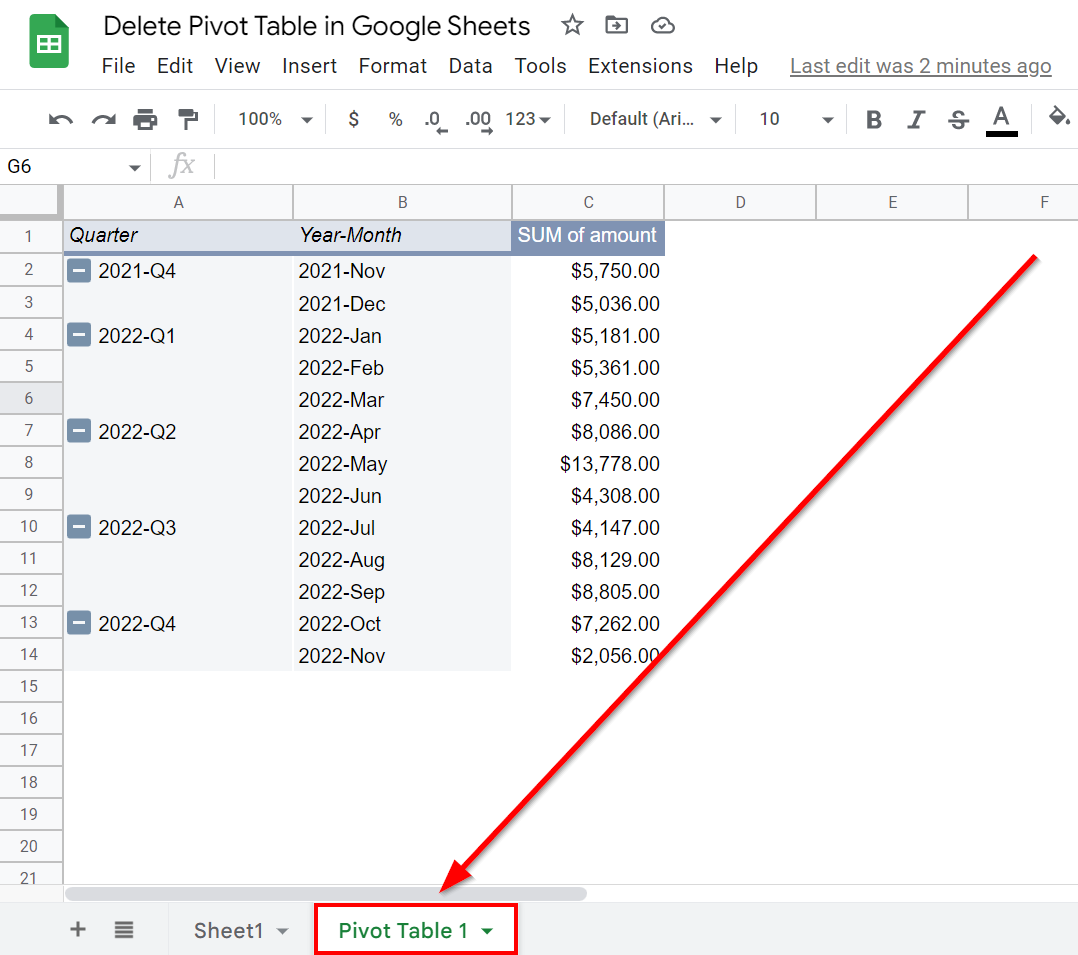
The ribbon interface, commonly found in modern spreadsheet software, provides a user-friendly and visually appealing way to perform various tasks, including deleting pivot tables. Here’s how you can achieve this:
- Open the PivotTable Tools: Ensure that your pivot table is selected. Then, navigate to the ribbon at the top of your spreadsheet software. You should see a new set of tools called “PivotTable Tools,” which will appear once a pivot table is active.
- Access the “Design” Tab: Within the “PivotTable Tools,” locate and click on the “Design” tab. This tab contains various options related to the design and layout of your pivot table.
- Find the “Delete” Option: Look for the “Delete” button, which is usually located towards the right side of the ribbon. It may be represented by an icon or labeled as “Delete.”
- Click to Delete: Simply click on the “Delete” button. A confirmation dialog box will appear, asking if you want to delete the selected pivot table. Click “OK” to confirm the deletion.
This method provides a straightforward and visually guided approach to deleting pivot tables, making it accessible for users of all skill levels.
Method 3: Deleting with VBA (Visual Basic for Applications)
For advanced users or those who prefer a more programmatic approach, Visual Basic for Applications (VBA) offers a powerful way to automate tasks and manipulate spreadsheet elements, including pivot tables. Here’s how you can delete a pivot table using VBA:
- Open the VBA Editor: Press Alt + F11 on your keyboard to open the VBA Editor. This will bring up a new window where you can write and execute VBA code.
- Insert a New Module: In the VBA Editor, go to the “Insert” menu and select “Module.” This will create a new module where you can write your VBA code.
-
Write the VBA Code: In the newly created module, paste the following code snippet:
Sub DeletePivotTable() ' Declare a variable to hold the active worksheet Dim ws As Worksheet ' Set the active worksheet to the current worksheet Set ws = ActiveSheet ' Delete the pivot table on the active worksheet ws.PivotTables("PivotTableName").Delete End Sub<p>Replace <strong>"PivotTableName"</strong> with the actual name of your pivot table. You can find the name by right-clicking on the pivot table and selecting "PivotTable Options." The name will be displayed in the "PivotTable Name" field.</p> - Run the VBA Code: Place your cursor anywhere within the code and press F5 or click the “Run” button in the VBA Editor. This will execute the code and delete the specified pivot table.
VBA provides a high level of control and customization, allowing you to automate complex tasks and tailor the deletion process to your specific needs. However, it requires a basic understanding of VBA programming.
Comparative Analysis and Recommendations
Each of the three methods presented offers unique advantages and considerations. Here’s a quick comparison to help you choose the most suitable approach for your needs:
| Method | Advantages | Considerations |
|---|---|---|
| Contextual Menu | Quick and easy, suitable for basic tasks. | Limited customization, may not be suitable for complex scenarios. |
| Ribbon Interface | User-friendly, visually guided, accessible for all skill levels. | May require navigating through multiple tabs and options. |
| VBA | Highly customizable, suitable for complex tasks, provides automation capabilities. | Requires VBA programming knowledge, may not be suitable for beginners. |

Choosing the right method depends on your proficiency level, the complexity of your task, and your specific requirements. Whether you opt for the simplicity of the contextual menu, the user-friendly ribbon interface, or the powerful customization of VBA, each method ensures a seamless and efficient process for deleting pivot tables.
Frequently Asked Questions

What happens to my data when I delete a pivot table?
+When you delete a pivot table, the underlying data remains intact. Deleting a pivot table only removes the table’s layout and formatting, allowing you to recreate it later if needed.
Can I undo the deletion of a pivot table?
+Yes, in most spreadsheet software, you can undo the deletion by pressing Ctrl + Z on your keyboard immediately after deleting the pivot table. This will restore the table to its previous state.
How do I prevent accidental deletion of a pivot table?
+To avoid accidental deletions, you can protect your pivot table by right-clicking on it and selecting “Protect Worksheet.” This will require a password to make any changes, including deletions.
Can I delete a pivot table without losing my data?
+Absolutely! Deleting a pivot table only removes the table’s structure and formatting. Your original data remains untouched, allowing you to recreate the pivot table at any time.
Are there any risks associated with deleting a pivot table?
+While deleting a pivot table is generally safe, it’s essential to ensure you have a backup of your data and associated reports. This way, if any issues arise, you can easily restore your work.
